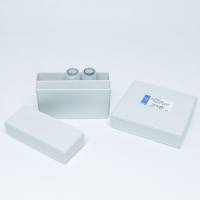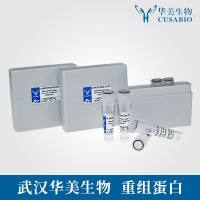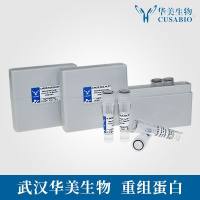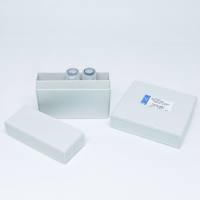Preparation of Oligosaccharides from Sulfated Glycosaminoglycans Using Bacterial Enzymes
互联网
459
Although the polysaccharide backbone Glycosaminoglycans (GAGs) have been demonstrated to interact with a variety of proteins
and such interactions are thought to be involved in the regulation of the physiological functions of these proteins (1
). Although the polysaccharide backbone of GAGs is a linear polymer composed of alternating amino sugar and hexuronic acid
residues, this simple repeat structure acquires a considerable degree of variability by extensive modifications involving
sulfations and uronate epimerization (2
). The structural variability is the basis for the wide variety of domain structures with biological activities (1
). Investigation of the structure-function relationship of GAGs has been hindered by the difficulty in microanalyzing their
complicated structure. GAG molecules are so heterogeneous that sequence analysis on unfractionated GAG chains can give only
statistical structural information. Actual sequencing is possible, however, on oligosaccharide fragments, which can be obtained
by chemical or enzymatic degradation of GAG chains followed by separation by means of various chromatographies. In this chapter,
we describe the methods for enzymatic degradation of GAG chains and fractionation of the oligosaccharide products. Because
many kinds of highly purified GAG-degrading enzymes, which are not contaminated by sulfatases, are commercially available
and cleave polysaccharides with high specificities under mild conditions, enzymatic cleavage is a useful method for the preparation
of GAG oligosaccharides.








